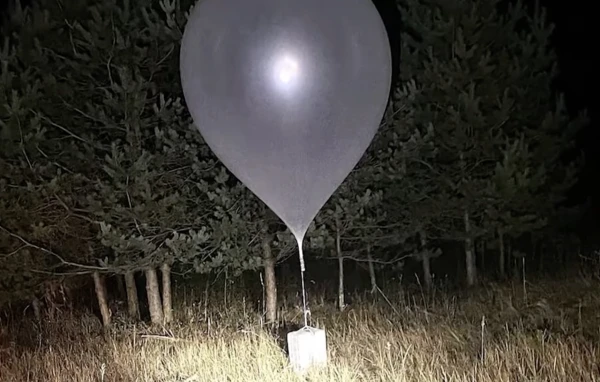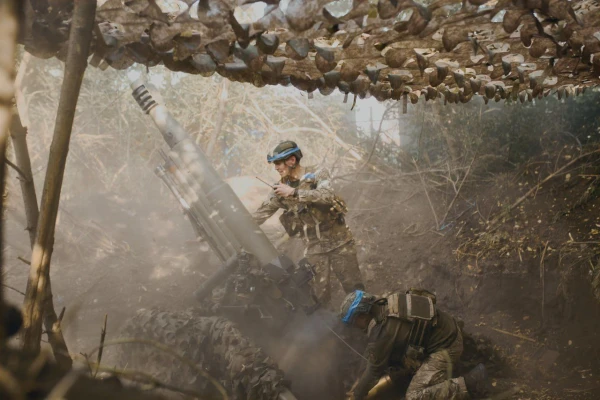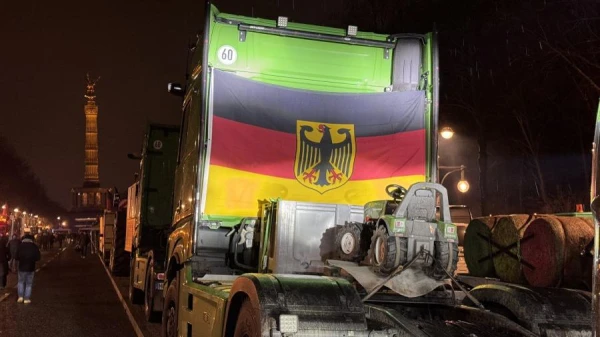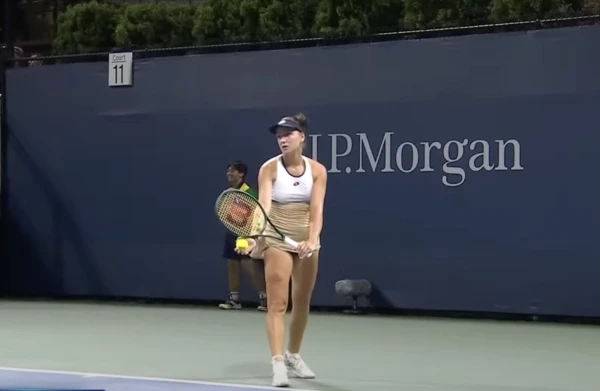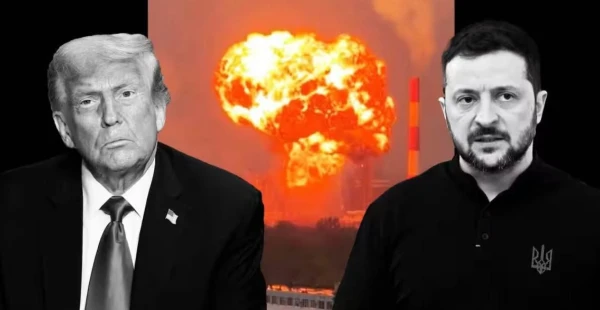
Since summer, Kyiv has started receiving the most accurate information about the rear of the Russian Federation.
For several months, the US has been providing Ukraine with intelligence that helps Kyiv strike accurately at Russian energy facilities: refineries, gas processing plants, and others. The information shared allows Ukrainian military to better identify the positions of Russian air defense and radar systems surrounding the oil refineries. It enables them to plot a route for their strike drones in such a way that they are not shot down while approaching the facility.
Initially, the Financial Times reported on the provision of intelligence to Kyiv regarding tracking radars and air defense, citing several Ukrainian and American officials. This information was also confirmed in a conversation with Current Time by Ukrainian military expert Roman Svitan.
One of the FT sources stated that Kyiv independently selects targets for strikes, and the US only helps identify vulnerabilities. However, other sources from the publication claim that it is the US that determines the list of priority targets for Kyiv's strikes on Russia, viewing these strikes as a tool to compel the Kremlin to come to the negotiating table. According to Roman Svitan, a retired colonel of the Armed Forces of Ukraine, American experts indeed have a better understanding of the logistics of Russian oil and therefore provide advice on where to strike at a specific moment to make the hit more effective. "But we (Ukraine) determine for ourselves where it is more important to strike," comments the Ukrainian expert on the claims made in the FT article.
— We know that in spring, the US halted the exchange of intelligence with Ukraine. But it seems that data on Russian refineries and facilities on Russian territory has never been provided to Ukraine before. Am I mistaken?
— There was an exchange of information, mainly related to frontline areas. The Americans indeed halted this exchange in spring. Why was this important for us? We needed to understand from which direction, in what quantity, and with what radio and air support Russian troops were operating during offensive and defensive operations. This was critical data.
However, we never received data related, for example, to the rear units of the Russians. We only started receiving it in the summer of this year, around July-August, as soon as preparations for strikes on refineries began. In July, there was preparation, and in August we started working on Russian oil refineries.
— And this is not just data indicating that a certain refinery is located here or there?
— These are American insights regarding the locations of Russian surface-to-air missile systems, the locations of radar units of the Russian Federation's radio-technical troops. They are known to American satellites because they constantly monitor the radio spectrum over Russian territory.
For us, it was very important when plotting the route, when preparing for strikes on Russian oil refineries and gas processing plants, to understand how to bypass Russian air defense and at what altitudes and speeds. And it was precisely this American data, which was sometimes transmitted in real-time, that allowed us to inflict significant damage on the Russian oil industry. Up to 30% of Russian refining capacity has already been hit or rendered inoperable, and some have yet to be restored.
— The Financial Times writes that the US also helps identify vulnerabilities of Russian refineries. What does this refer to?
— This is exactly what I am talking about. Currently, every Russian oil refinery is surrounded by several layers of air defense of varying levels, from mobile groups to surface-to-air missile systems, at least army-level, that is, object-level. And the transfer of data means that the Americans give us the opportunity to overcome this air defense system.
Additionally, it is very important to understand the algorithms for possible movement of oil and gas by the Russians after the destruction of certain facilities. In simple terms, if one refinery is taken out, where will the Russians redirect their oil?
The fact is that the gas extraction and oil extraction industry in Russia pumps a certain amount of hydrocarbons, and they need to be disposed of somewhere. The Americans understand this well, know the markets, understand the logistics of oil movements, and know the prices in the market. They sometimes indeed show us the vulnerabilities of certain directions of Russian hydrocarbon transfers. From this perspective, vulnerabilities — what might be more convenient to strike at the Novorossiysk direction, but not touch the Usluga. Or vice versa: first, we need to strike at Ust-Luga, and then hit Novorossiysk when they increase the pressure in the pipeline. The Americans are well-versed in this, and naturally, we are too — thanks to their input.
<iframe width="560" height="315" src="https://www.youtube.com/embed/Pzdxs5Q0Vjk?si=MDSQOJNUBfP4px9W" title="YouTube video player" frameborder="0" allow="accelerometer; autoplay; clipboard-write; encrypted-media; gyroscope; picture-in-picture; web-share" referrerpolicy="strict-origin-when-cross-origin" allowfullscreen></iframe>



